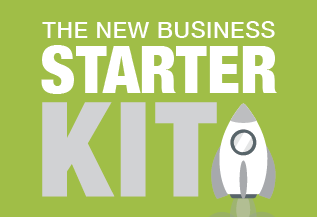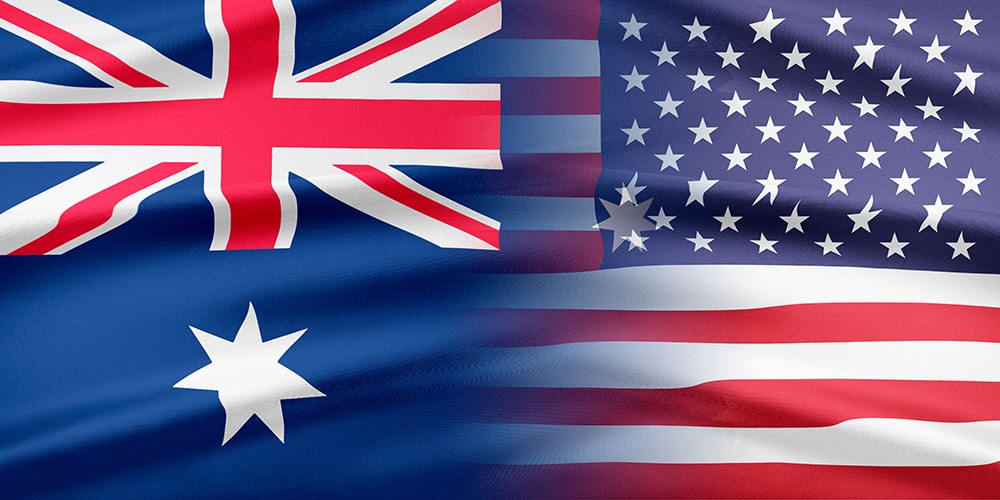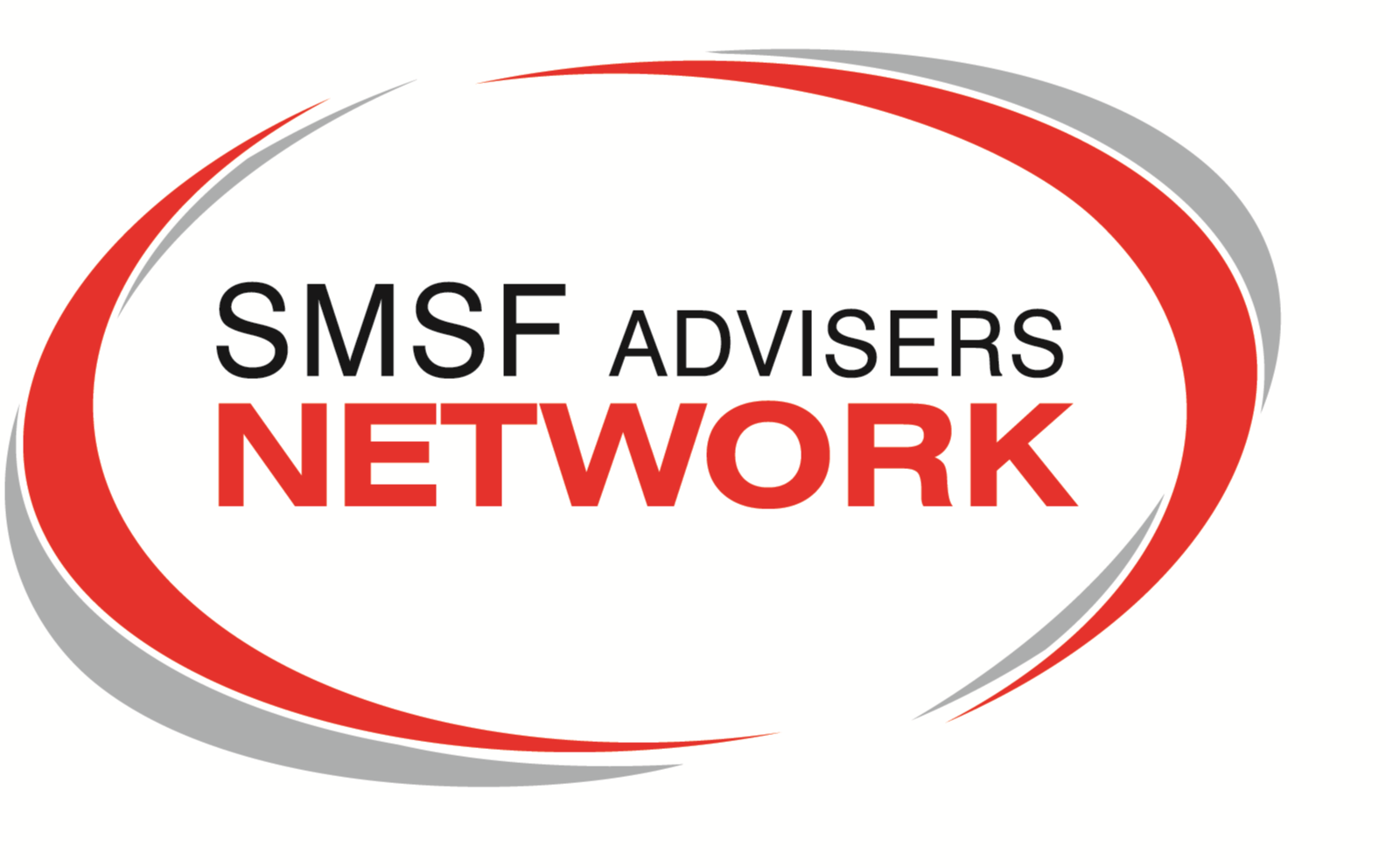Business Action Plan Checklist
We are getting inundated with clients looking for help as the COVID-19 pandemic tracks towards being the greatest social upheaval the world
has seen since World War II. The updates and announcements are coming at a breakneck speed.
It’s not easy to stay calm at this time but we are here to help you and we will continue to post regular updates.
It’s become clear that some industries will be more severely impacted than others and the most common question we are getting from clients
is, “What do we do next?” In response, we have put together an action plan checklist.
It is vital that you act quickly and decisively and work your way through this action plan. There are cash incentives, loans and tax payment
deferral strategies to consider. Of course, feel free to contact us by phone or email as face to face meetings are no longer available.
Here are practical steps to consider right now:
DOWNLOAD AS A PDF

|
Get Your Records Up To Date
This is priority one. Up to date, accurate financial records allow us to work together to make informed business decisions. By preparing
interim financial statements to March 31, 2020 we can:
- Look at where you stand from a year-end tax point of view
- Finalise your March BAS and look at any potential variations to minimise your cash outflows
-
The interim statements will help us calculate salaries to pay in the June quarter. The PAYG component will impact on your entitlement to
government stimulus payments
- Know your accounts receivable, accounts payable and current bank balances
|

|
Build a Cash Flow Forecast for the next 12 months and keep updating it at least every month as you get more information about revenue and
costs.
 Cash flow is the lifeblood of any business and it just became critical. The main reason most business owners prepare a cash flow forecast is
to raise finance but right now it needs to identify how much money you will need and when. The forecast will project your bank balance at
the end of every month.
Cash flow is the lifeblood of any business and it just became critical. The main reason most business owners prepare a cash flow forecast is
to raise finance but right now it needs to identify how much money you will need and when. The forecast will project your bank balance at
the end of every month.
Whenever you prepare a cash flow budget you have to make a number of key assumptions. These assumptions should be realistic and supported by
research, available data plus known facts such as fixed costs (rent, and forward contracts). The uncertainty around the duration of the
crisis makes it hard to project revenue and costs but you need to do your best. For many businesses, revenue may be zero for months to come
so identifying your Government entitlements under the stimulus packages is a key item on this checklist.
The information in your cash flow budget is designed to:
- forecast your likely cash position at the end of each month,
- identify the timing of potential cash shortages,
- plan your tax payments; and
- plan for any major capital expenditure (instant asset write-off incentive).
To produce your cash flow statement, the starting point is to extract last year’s cash flow report from your accounting software. Project
your likely receipts including any government stimulus payments. This won’t be easy but depending on your industry, you might need to work
on a decrease of between 25% and 60% or possibly more, of sales.
Work through your fixed costs (rent, insurances, subscriptions, loan and lease repayments etc.) and then consider your staff requirements
and calculate your anticipated wages. Next, plug in your variable costs like direct materials, stock, commissions, freight etc.
A cash flow budget template is available to download from the resources tab of our
website.
|

|
Government Stimulus Entitlements - Cash Boost
The Government is providing up to $100,000 to eligible small and medium-sized businesses and not-for-profits (including charities) that
employ people, with a minimum payment of $20,000. Employers with aggregated annual turnover of less than $50m will receive a payment equal
to 100 per cent of the PAYG tax withheld on salary and wages in the March and June quarters with the maximum payment being $50,000. The
minimum payment is $10,000.
An additional payment will also be paid in respect of the July to September 2020 quarter. This means that eligible entities will receive
between $20,000 and $100,000 when you combine both payments. The cash boost is a tax free payment to employers and is automatically
calculated by the Australian Taxation Office (ATO) based on Business Activity Statements lodged. There are no new forms required.
Eligibility will generally be based on prior year turnover.
-
The payment will be delivered by the ATO as an automatic credit in the activity statement system from 28 April 2020 upon employers lodging
eligible upcoming activity statements.
-
Eligible employers that withhold tax to the ATO on their employees’ salary and wages will receive a payment equal to 100 per cent of the
amount withheld, up to a maximum payment of $50,000.
-
Eligible employers that pay salary and wages will receive a minimum payment of $10,000, even if they are not required to withhold tax.
-
The payments will only be available to active eligible employers established prior to 12 March 2020. However, charities which are registered
with the Australian Charities and Not-for-profits Commission will be eligible regardless of when they were registered, subject to meeting
other eligibility requirements. This recognises that new charities may be established in response to the Coronavirus pandemic.
To qualify for the additional payment, the entity must continue to be active.
|

|
Government Stimulus Entitlements – Loans
The government has offered the banks $20 billion to help them lend $40 billion to struggling businesses. The maximum loan amount is $250k
and these funds could provide a lifeline to eligible businesses (SME’s with a turnover of up to $50 million). Under the Scheme, the
Government will provide a 50% guarantee to SME lenders for new unsecured loans to be used for working capital. Some conditions apply:
- Maximum loan size is $250,000 per borrower.
- The loans will be up to 3 years, with an initial 6 month repayment holiday
-
The loans will be in the form of unsecured finance, meaning that borrowers will not have to provide an asset as security for the loan. Loans
will be subject to lenders’ credit assessment processes
- The Government will encourage lenders to provide facilities to SMEs that only have to be drawn down if needed by the SME.
-
The Scheme will commence by early April 2020 and be available for new loans made by participating lenders until 30 September 2020.
You can read more about the loans on offer here
|

|

The Government’s ‘Job Keeper’ Program provides wage subsidy payments to Australian businesses (with a turnover of less than $1 billion)
whose turnover will reduce by more than 30 per cent due to COVID 19. The decline is relative to a comparable period a year ago (of at least a
month). Businesses will be able to claim a fortnightly flat payment of $1,500 per eligible employee from 30 March 2020, for a maximum period
of 6 months. Payments will begin being paid in the first week of May.
Eligible employees are employees who are currently employed by the eligible employer (including those stood down or
re-hired) and were employed by the employer at 1 March 2020. They include full-time, part-time or long-term casuals (a casual employed on a
regular basis for longer than 12 months as at 1 March 2020). They must be at least 16 years of age.
The subsidy is specifically intended to keep employees in work, not to boost the bank balances of businesses themselves, and the ATO will
enforce this. Self-employed individuals (businesses without employees) that meet the turnover decline test are also eligible to apply for
Job Keeper Payments.
Employers can register their interest in the Job Keeper Payment via ato.gov.au and in turn you will need to provide information to the ATO
on eligible employees including the number of eligible employees engaged as at 1 March 2020 and those currently employed by the business
(including those stood down or re-hired). For most businesses, the ATO will use Single Touch Payroll data to pre-populate the employee
details for the business.
|

|
Consider ATO Payment Deferral Concessions 
The ATO assistance in this area is not automatic, so you will need to approach them for assistance. If eligible, the ATO will ‘tailor’ the
assistance package for you. Please contact us if you need guidance in this area.
The ATO payment deferral concessions include:
-
Deferring payment date of amounts due by up to 4 months for Business Activity Statements (including PAYG instalments), income tax
assessments, fringe benefits tax assessments and excise duty.
-
Allowing businesses on a quarterly reporting cycle to opt into monthly GST reporting in order to get faster access to GST refunds they may
be entitled to.
-
Allowing businesses to vary Pay As You Go (PAYG) instalment amounts to zero for the March 2020 quarter. Businesses that vary their PAYG
instalment to zero can also claim a refund for any instalments made for the September 2019 and December 2019 quarters.
- Remitting any interest and penalties, incurred on or after January 23, 2020, that have been applied to tax liabilities.
- Allowing affected businesses to enter into low-interest payment plans for their existing and ongoing tax liabilities.
|

|
State Government Grants

State Governments are also providing various incentives. Let’s look at
the $10,000 grant offered by the Victorian Government to qualifying businesses who must meet the following criteria:
Applicants must submit an application online via the 'Apply now' button on this page: https://www.business.vic.gov.au/disputes-disasters-and-succession-planning/illness-and-business-management-plan/coronavirus-business-support
Applicants are required to provide a copy of their most recent Business Activity Statement (BAS). Other supporting materials can also be
provided.
Other state governments are offering various grants, payroll tax reductions, waiver of a range of fees and charges for small businesses
including bars, cafes, restaurants and tradies. We recommend you visit the state government sites for more information.
|

|
At the moment it’s probably not high on your agenda, however, marketing remains important. Your competitors are probably rattled so this
is an opportunity. The most important thing right now is communicate with your customers and clients. Remember, they are in the same
boat as you and sailing in turbulent unchartered waters.
Anything you do to help them might be rewarded with some loyalty down the track. Digital marketing is cheap so send an email, produce a
short video, write some blogs or produce an e-Book or newsletter. The shut down and lock down period can be used to develop your marketing
plan for the next few months. It could be as simple as forwarding them this checklist or our Recession Proofing e-Book.
|
Summary
We are understandably being inundated by concerned clients and this checklist is designed to help you develop a plan. Working through this
checklist will give you structure and a sense of direction that will help you remain as calm as possible in the circumstances.
Take care, stay safe and contact us for assistance.






























